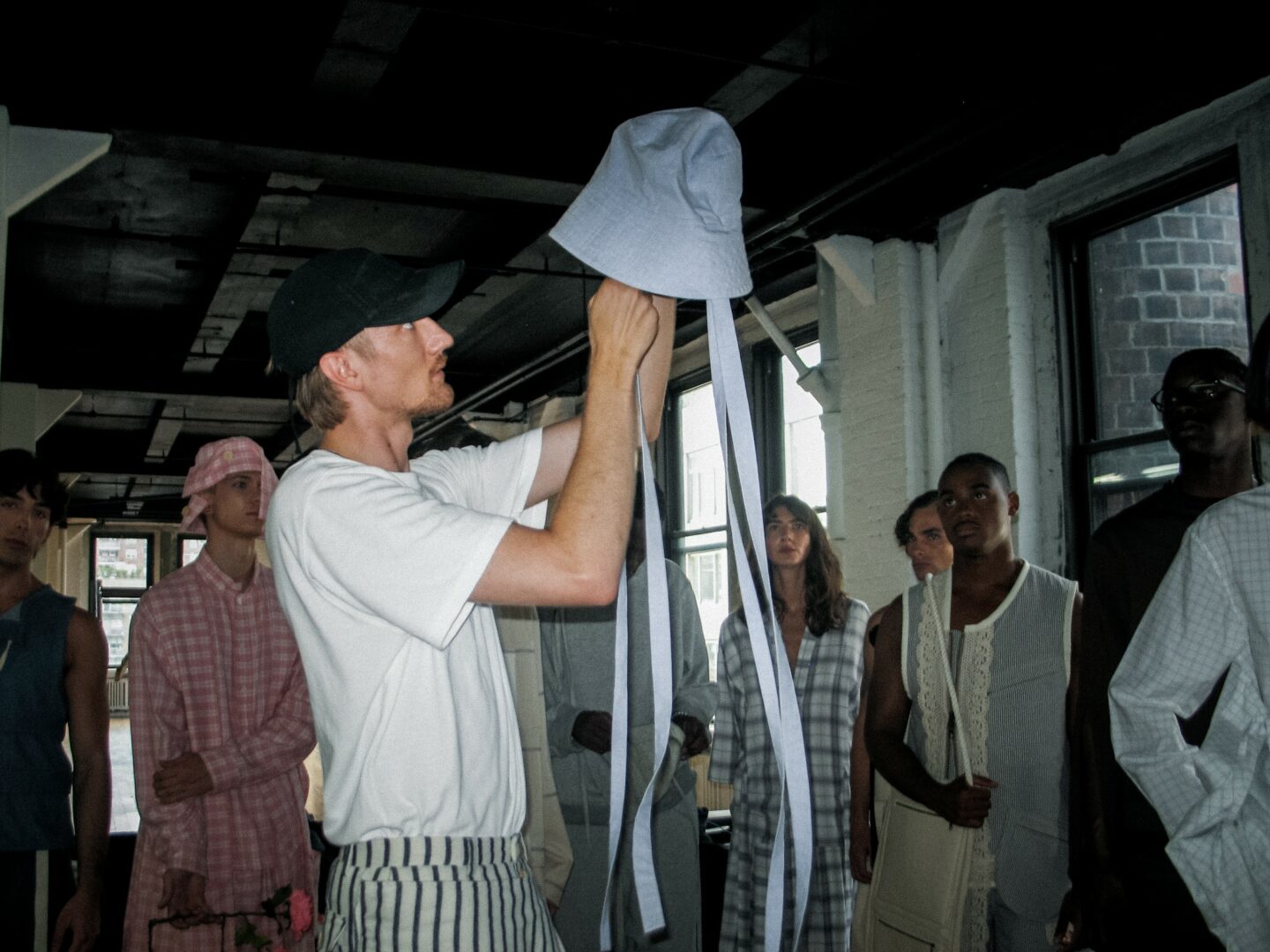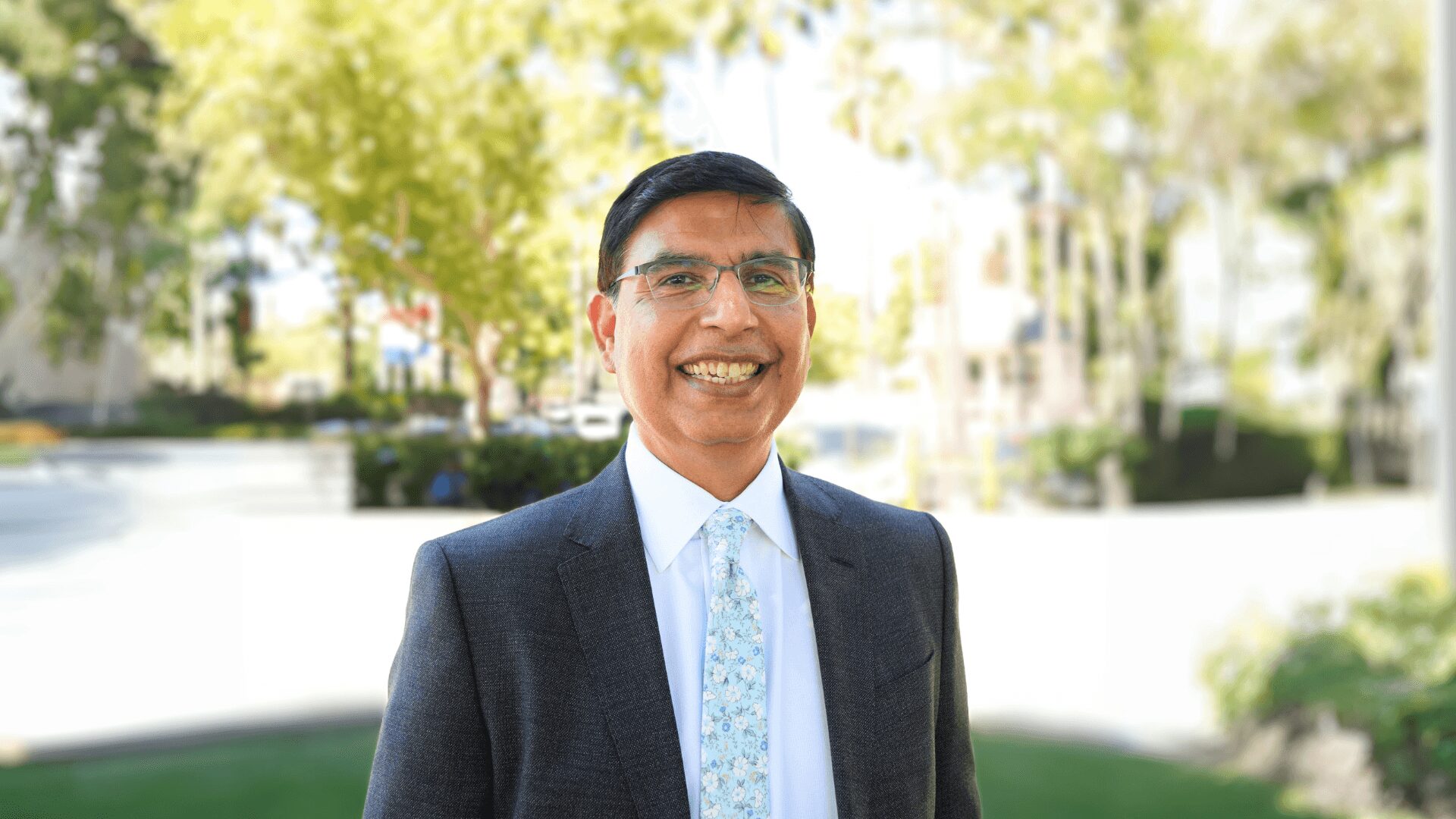We’re excited to introduce you to the always interesting and insightful Ezra Kettersmith. We hope you’ll enjoy our conversation with Ezra below.
Ezra, thanks so much for taking the time to share your insights and lessons with us today. We’re particularly interested in hearing about how you became such a resilient person. Where do you get your resilience from?
Resilience is like a habit—it’s not a trait that’s suddenly achieved overnight, but one that’s developed over time. Being born and raised in Minnesota, the idea of resilience has always felt commonplace because of the harsh and unforgiving winters here. This became even more apparent as I grew older. It takes an immense amount of strength, determination, and resilience to drag yourself out of a warm bed into the cold grip of January, just to drive your frigid car through the dark to work, day after day. This routine of surviving one of the most extreme climates in the country, year after year, laid the foundation for my design work and built up my sense of resilience.
Now, I deal with another kind of climate. When I embarked on this journey in fashion three years ago, I knew my path would be more difficult than most. My goal was to establish a new lane—one that was removed from the gravity of trend cycles—in order to redefine fashion on my own terms. Because of this, I knew it would take time to cultivate a niche audience, as I was starting from the ground up rather than creating what was already in demand. For the first two years, this challenge was easier to digest, as I was working part-time to support my passion and didn’t feel the need to “rush” my success. Now, after three years of hard work, doubt has started to creep in.
Through my determination and dedication, I’ve built a substantial following that many brands would consider a success. This large following is an inflated metric that does not accurately represent how my work is interacted with or appreciated. In all honesty, I feel less supported now than when I first started. It’s difficult to grapple with the fact that the more time, effort, and resources I pour into this dream, the less reach and engagement I seem to get. At times, it almost feels like there’s an inverse relationship between the technical and aesthetic improvements in my work and people’s interest in engaging with or purchasing it. This is something I’ve struggled with for a while, but it weighs more heavily on me now that I’m designing full-time. Before, I could brush off my failures by saying, “I just haven’t found my audience yet,” and get right back to work. Now, a failed release can mean the difference between being able to pay studio rent next month or not—and that’s the current reality I face.
This is where resilience shows its worth. Success often correlates with hard work, but hard work alone is neither a necessary condition nor an independent cause of success. I remind myself of this daily, especially when I see many of my peers succeeding. It could be me too—I just have to find another angle and try again. Over the past few months, I’ve worked tirelessly to release some of my most important and well-finished work to date in the Canyon Capsule. I invested a considerable amount of myself into this project—from the sampling process and story writing to the photoshoot, video editing, and website revisions—only for the capsule to financially flop. In the emotional wreckage of that failure, it’s resilience alone that leaves me proud of the work I did and keeps me looking toward the future, thinking about the next piece and how to execute it. I understand that the pursuit of dreams is never without trials and tribulations, so in times of distress—when it’s easy to discount myself and the value of my work—I try to look not toward my failures, but toward the light. I look to the people who notice and appreciate the small details of my work no one else does, or to those who reach out with messages like, “I’m a huge fan of your work; I’d love to shoot for you someday!” Though the flame of resilience is built and maintained within, it’s these small beacons of external support that help stoke the fire and remind me to keep putting one foot in front of the other.
I am of the belief that creativity is like a fishbowl. When you start a new creative endeavor, whether that be in fashion, music, dance, or any other field, you receive a new fishbowl. Everyone’s bowl is a different size, but everyone gets one nonetheless. Any time you put true, intentional effort into creating beauty with your work, you pour a little bit more water into your fishbowl. Over time, through consistency, your fishbowl will get fuller and fuller, to the point where it will have no other option than to overflow. The fishbowl overflowing represents your work successfully reaching a wider audience, being deeply appreciated, and truly supported. When I look back at the work I have put in since starting this endeavor, I sometimes get frustrated or concerned that my fishbowl hasn’t overflowed yet and that my efforts seem worthless at times. These negative emotions are further compounded when I see startup brands finding success overnight or new designers being given a platform after just months of publicly showing their work. Through resilience, I can work through the negativity to focus on what I can control. I can look back at all of the work I have put in thus far, which reminds me of the designer I am and what I can accomplish if I stay true to myself. Though I cannot see how much room is left in my fishbowl, if I trust in my craft and resilience, I know that at some point the bowl will reach the brim—and the beauty I create will have no choice but to overflow abundantly.

Thanks, so before we move on maybe you can share a bit more about yourself?
My name is Ezra Kettersmith, and I design, pattern, cut, and sew for my namesake label, Ezra Ketter Smith.
Though I was artistically exposed throughout my life, I never considered fashion an art form until high school. It was there that I met friends who helped me explore the history of fashion and develop my personal style over time.
After years of cultivating a unique taste and aesthetic, I began to think about creating my own clothing. Initially, this was a practical pursuit—a way to fill a void in my wardrobe that I couldn’t seem to satisfy elsewhere. There were several unique and talented designers that I was made aware of over the years, but no one seemed to design clothing exactly the way that I would. It always felt like there was something missing.
Soon after, on a tropical getaway, I discovered the full potential of what clothing could be by wearing “Holiday” clothing on an actual holiday. It was then that I realized clothing could be designed to elicit specific feelings and emotions. The weight of that realization ultimately pushed me toward designing with greater intention.
Before receiving my first sewing machine, I sat down to consider what I wanted my clothing to accomplish. Growing up in Minnesota, I constantly felt at odds with the cold, harsh, and often unforgiving environment. As a response to that—and to the broader state of the world—I decided I wanted to create clothes that felt weightless, warm, and hopeful: like wearing a deep breath.
With this foundation and design ethos, I began making clothes by hand, one piece after another. For the first two years, I did so while working part-time at an orthopedic rehab clinic. I’ve since transitioned to fashion design full-time, with a dedicated studio in South Minneapolis.
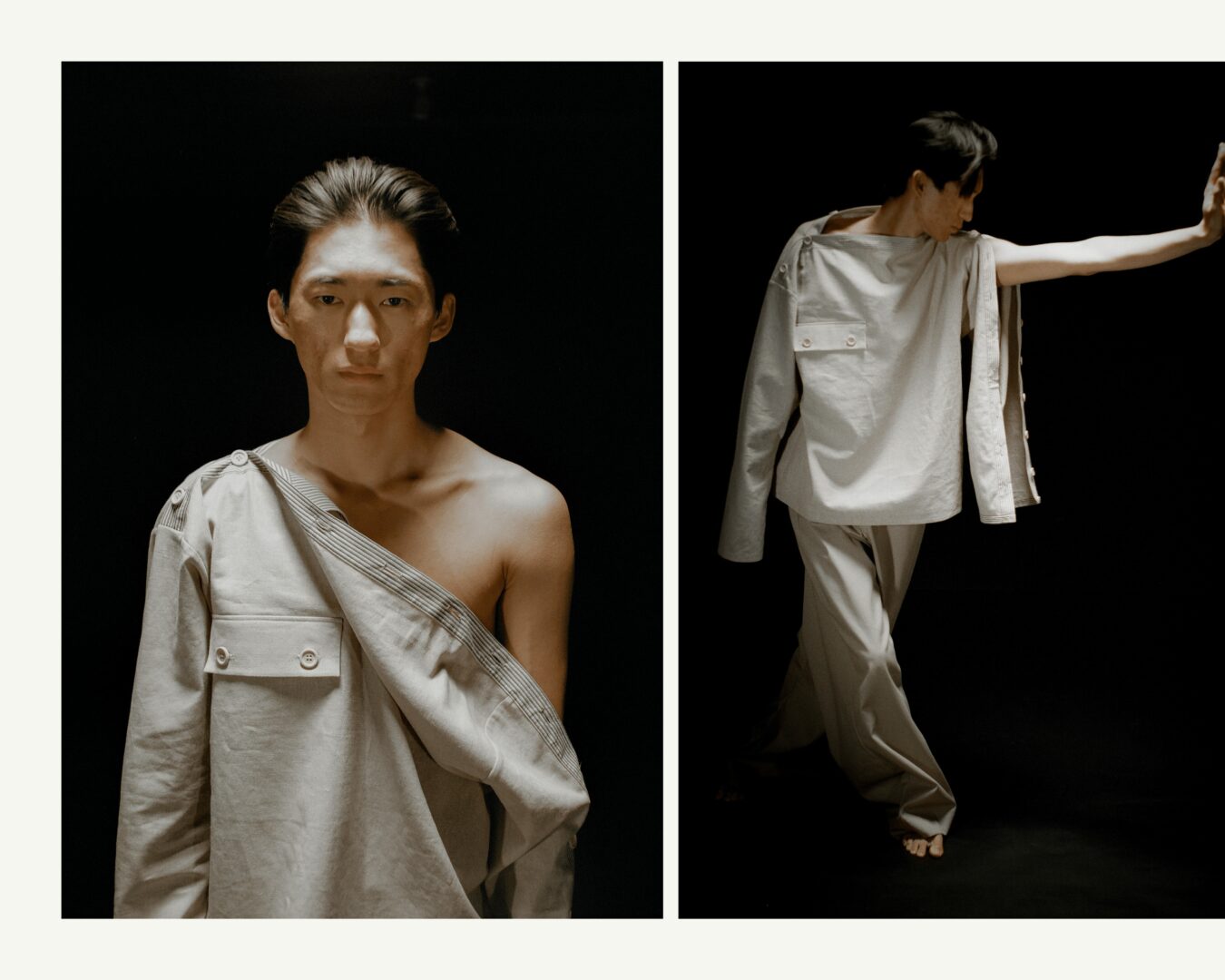
There is so much advice out there about all the different skills and qualities folks need to develop in order to succeed in today’s highly competitive environment and often it can feel overwhelming. So, if we had to break it down to just the three that matter most, which three skills or qualities would you focus on?
1) Being a fast learner:
Sewing and pattern drafting are simple skills in concept, but they become exponentially more difficult as new techniques are introduced. Being a fast learner is a trait I’ve possessed my entire life, so while these skills were challenging at first, all it took was trial and error to get the hang of them. I’ve heard many novice sewers say they’ve put off certain projects because they’re intimidated by unfamiliar techniques. From experience, I can say that learning a new technique is never as hard as you think it will be. I remember believing it was impossible to make a button-down shirt because of all the new techniques I’d have to learn—but piece by piece, I figured it out. Now, I can draft and sew a full button-down from scratch.
2) Determination:
Being a designer is a true test of determination. In the process of patterning, cutting, and sewing a garment, there are countless opportunities for a mistake to result in a complete restart. Even the most even-tempered people have their limits—there are only so many times you can seam rip into the fabric of a garment that’s 95% complete at 2 a.m. before you break. Determination is what separates those who quit from those who persevere. It’s important to stay balanced, rest when needed, and keep pushing forward even when faced with setbacks or failures, no matter how big or small. It’s very easy to sit in defeat after a complicated sample doesn’t fit right, or when you accidentally cut your fabric without adding seam allowance—but determination is what reminds you to try again because the work won’t get done until you do it.
3) Having a clear vision:
I often compare designing and handmaking clothing to building a wardrobe. When you first start building a wardrobe, you don’t have a clear vision—there’s no direction or end goal. This usually leads to buying anything you think looks “cool” online or in stores. Before long, you realize you have plenty of interesting pieces, but nothing works together, leaving you with wasted money and unworn clothes. Design is the same way. While all experience has value, when you’re creating for yourself or your brand, it’s important to have a clear vision. This ensures you spend your time developing designs that are meaningful and purposeful, rather than creating a random sample that took a week to complete but serves no use.
A simple example is the tote bag. Many people suggest sewing a tote bag as your first project, but I think it’s worth asking yourself: do you actually use tote bags? If not, the effort might not be worthwhile beyond the experience it provides. Your time might be better spent making something more useful to you—like a laptop cover, for instance.

One of our goals is to help like-minded folks with similar goals connect and so before we go we want to ask if you are looking to partner or collab with others – and if so, what would make the ideal collaborator or partner?
Over the past year or so, I have dedicated all my time and effort to bringing my ideas to life. Because of this, I haven’t had as much time to integrate myself into Minnesota’s creative scene as I would have liked. When it comes to creating my work, I tend to be very individualistic, but every time I have the opportunity to shoot a collection or record a short film, I experience a sense of energy and joy that I don’t get when working alone. I want to make connecting with other creatives one of my top priorities going into the new year.
I hope to become more deeply involved in the underrated art scene that Minneapolis and Minnesota have to offer. I plan to do this by attending more public events such as film festivals and showcases, as well as collaborating more closely with other creatives—whether that means working with local photographers on photoshoots or styling musical artists for music videos or live performances. A few months ago, I had the pleasure of presenting my PAW* (Piece A Week) collection at a local boutique called Hazel & Rose. Collaborating with local stores and boutiques to showcase collections is another priority I intend to pursue in the coming year.
Contact Info:
- Website: https://ezrakettersmith.com/
- Instagram: https://www.instagram.com/ezra_ketter_smith/

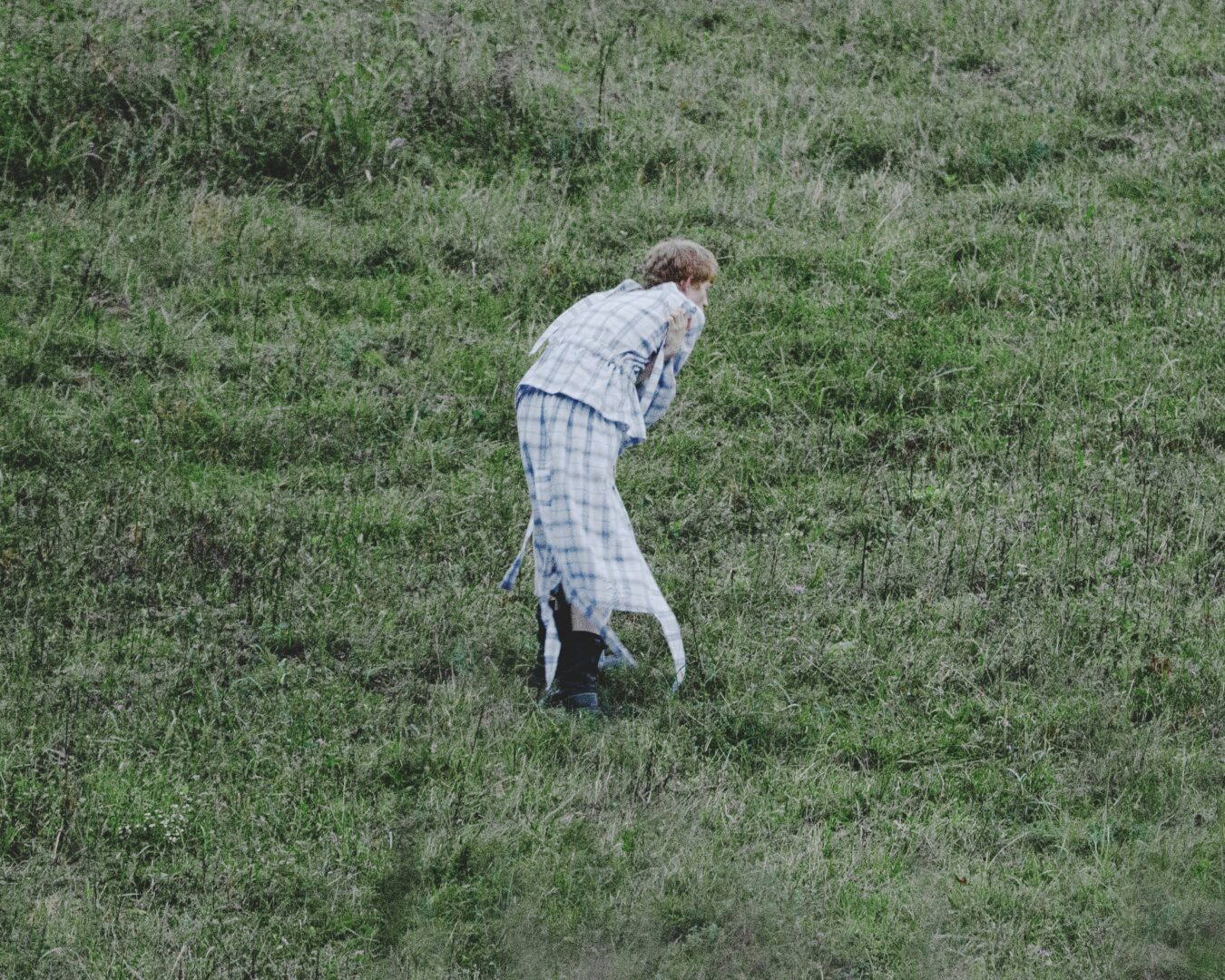
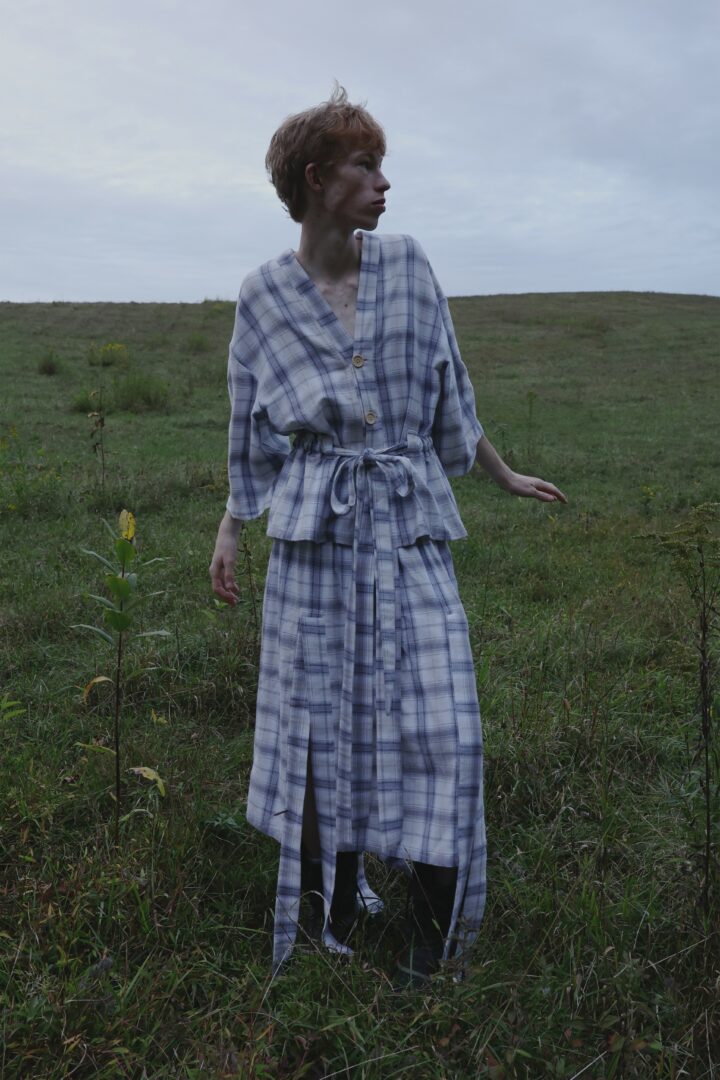
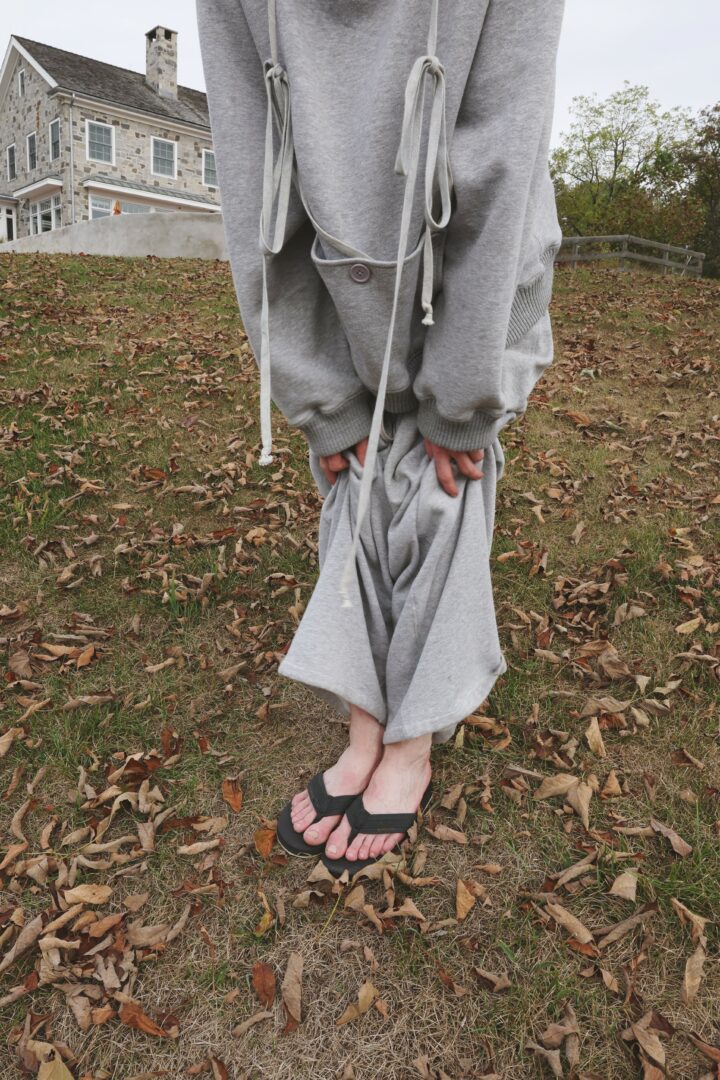

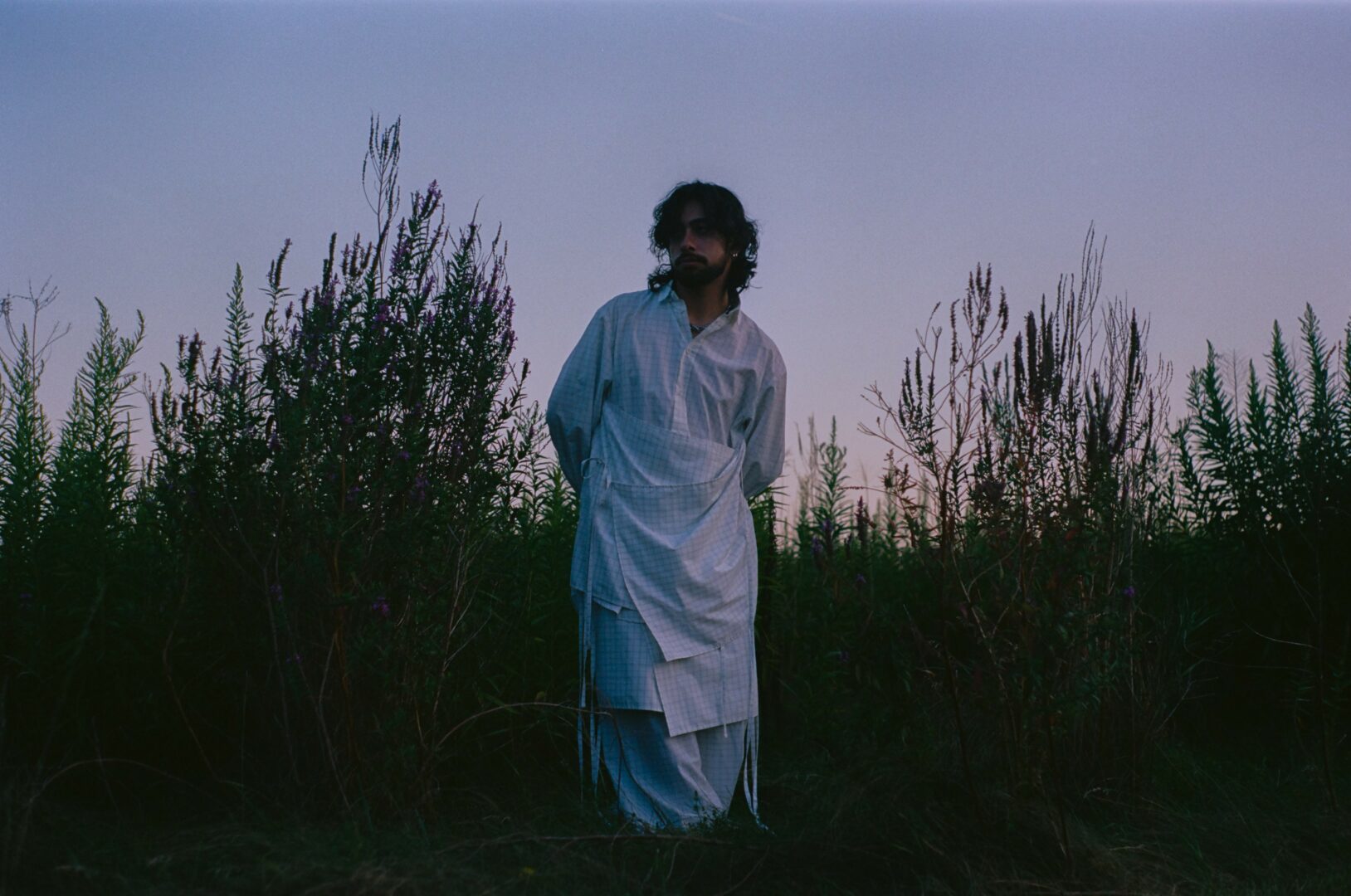
Image Credits
Sawyer Brice (1-4)
Alex Bonzulak (5-8)
Blue T (9)
so if you or someone you know deserves recognition please let us know here.

